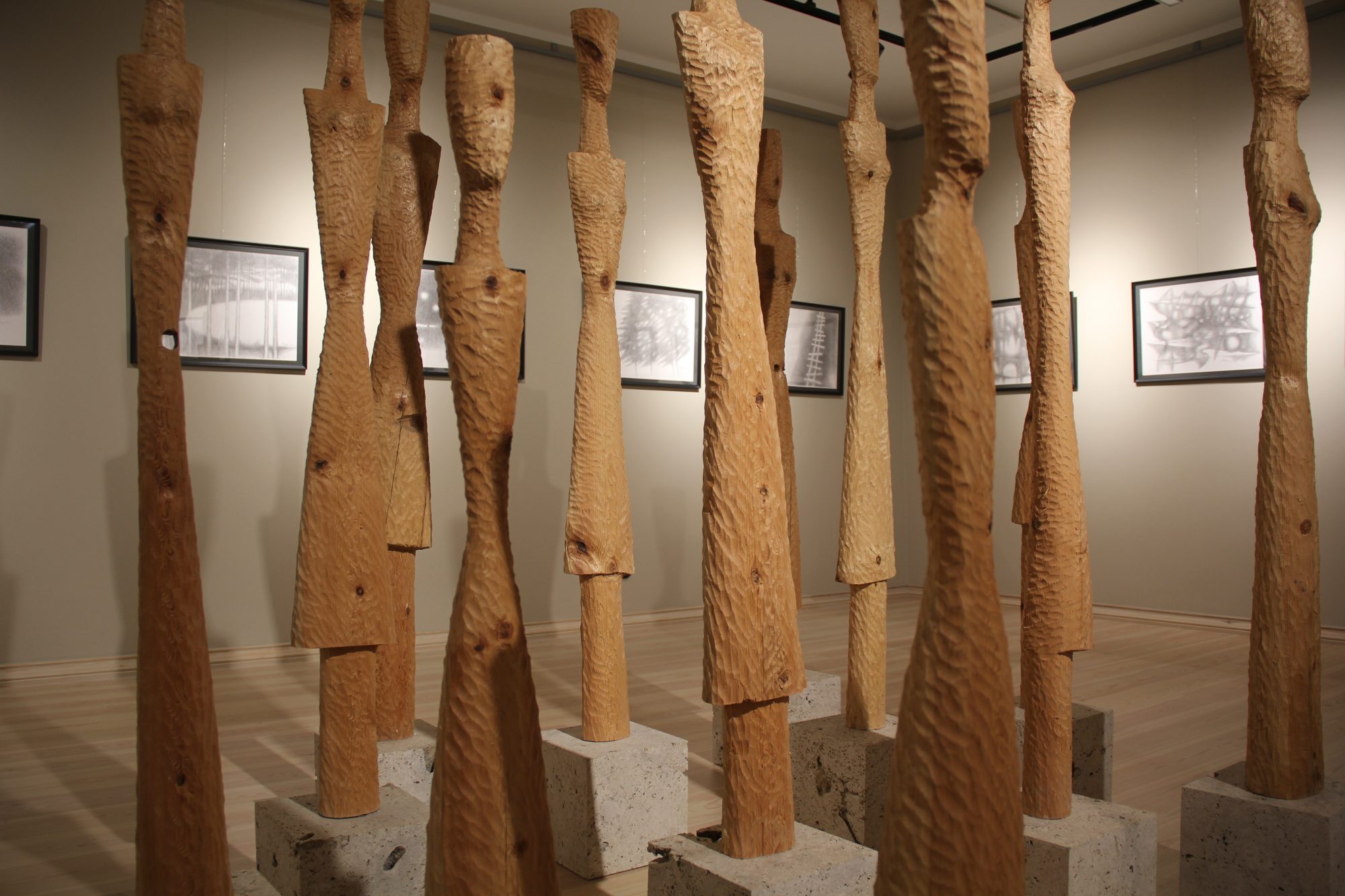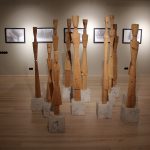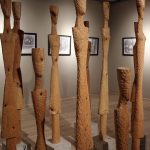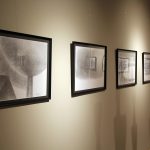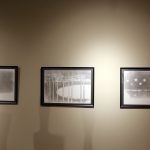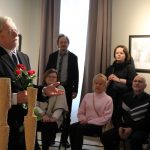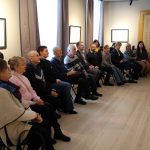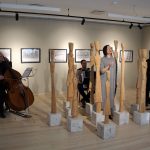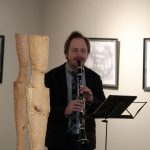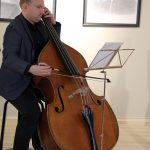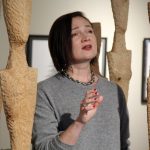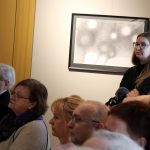From 25 November, the exhibition “Twelve wooden sculptures and drawings” by the Latvian artist Andris Vārpa can be viewed in the exhibition hall of the International Artists’ Residency.
Andris Vārpa has been participating in exhibitions since the beginning of the nineties of the 20th century – during his most active creative period – drawings usually appear alongside sculptures. He is a sculptor-drawer. Sometimes with a coloured pencil, but most consistently and regularly, every day, he draws with an ordinary pencil. It has become a continuous, regular daily practice of the artist, in which both a return to his characteristic, sometimes obviously sculptural motifs can be seen, as well as new developments. It is also important to observe the changing nature of the line – from completely atmospheric, soft line strokes to an obviously anxious, sharply imperfect line, because the work is done intuitively, in a process free from thinking. As he himself is used to say: “The hand leads me”.
The artist is interested in the plasticity created by nature and its changing character. The drawings are interpretations of nature from an almost natural fragment of nature or a landscape as a composition, almost to abstraction. However, even the seemingly most abstract works are not completely free of natural influences. Some of the motifs are repeated in variations – the motif of bushes, willows, birches, lakes, stairs, fir trees and others. It is the simple, quite the ordinary landscape of Latvia, which the artist directly and personally feels as diverse and always changing. This is just a small selection from hundreds of drawings, which are supplemented by new works every day.
The group of sculptures “Twelve”, on its turn, is made up of seemingly archaic figures forged in 2020. It was created from historical wooden beams that served as roof supports for the barn of the old rectory built in 1795 on the shore of Valmiera’s Dzirnavu lake, which is now the sculptor’s workshop and residence. The pine tree today smells in the showroom and is recreated in timeless, somewhat caryatid-like figures.
The “Poetic Quartet” gave a concert at the opening of the exhibition.

